It would be the ultimate user interface: a device the size of two stacked nickels that allows your thoughts to control computers. The only catch is it’ll have to be implanted in your brain.
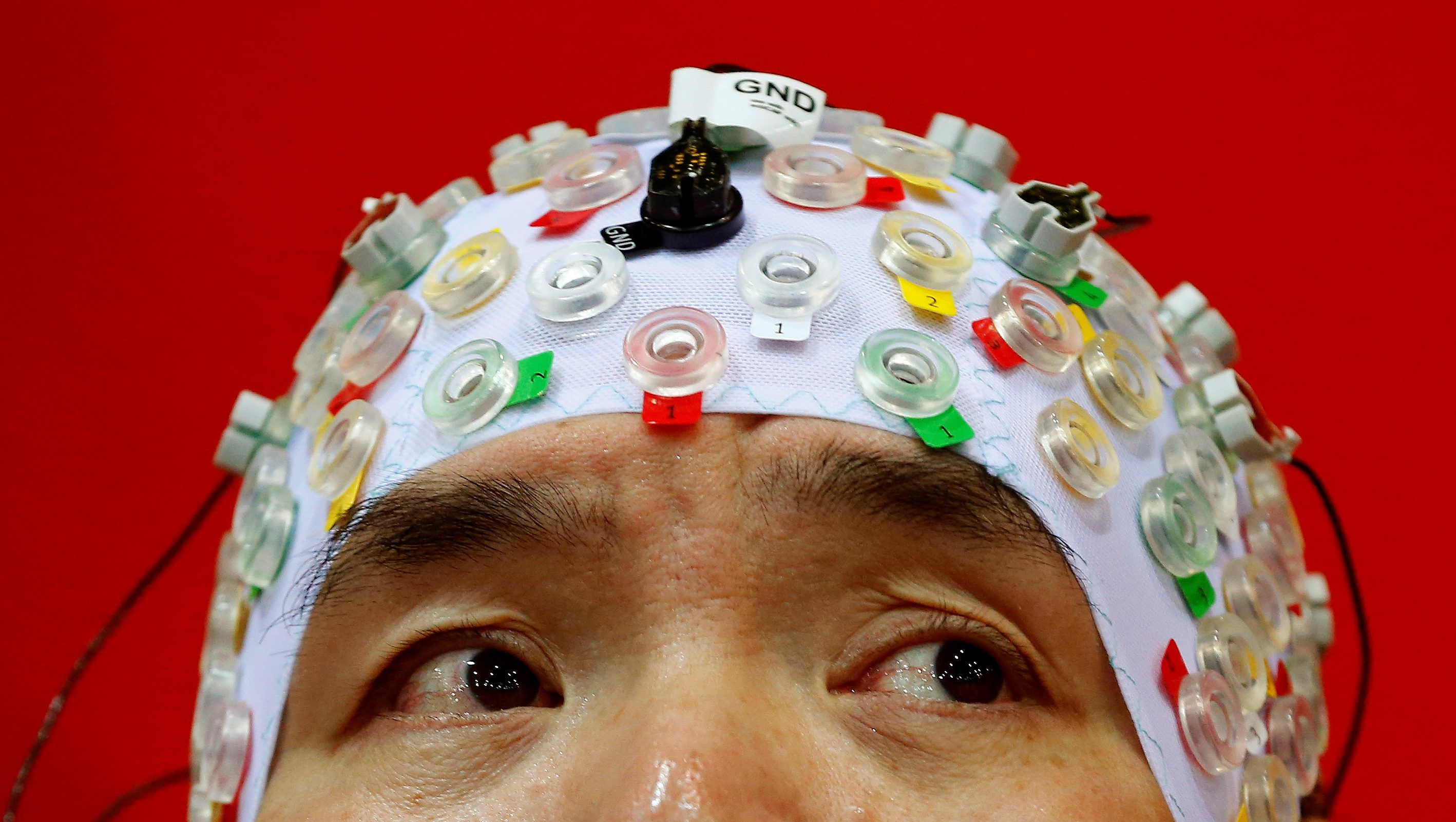

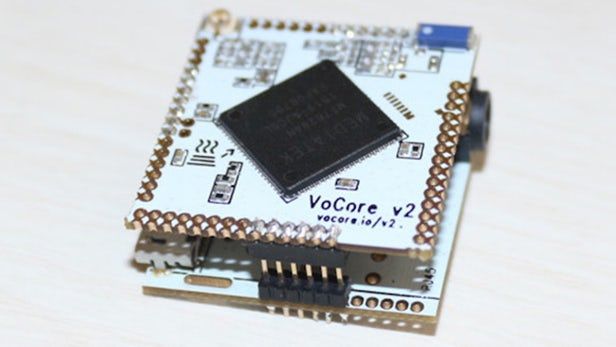
Microcomputers are great for learning about code and hardware. The VoCore2 Mini is the smallest ever, packing full Linux functionality and wireless connectivity into a coin-sized device. New Atlas Deals has it for just $42.99.
This impressive little computer is capable of running programs in C, Java, Ruby, JavaScript, and many other languages. This means you can code the VoCore2 to expand its functionality, turning it into a VPN gateway, airplay music station, and much more.
You can also augment the VoCore2 with hardware components for further tinkering fun. Add a USB webcam to turn it into a home security camera, attach a microphone to issue voice commands to Siri or Echo, and so on. Your projects are limited only by your imagination.
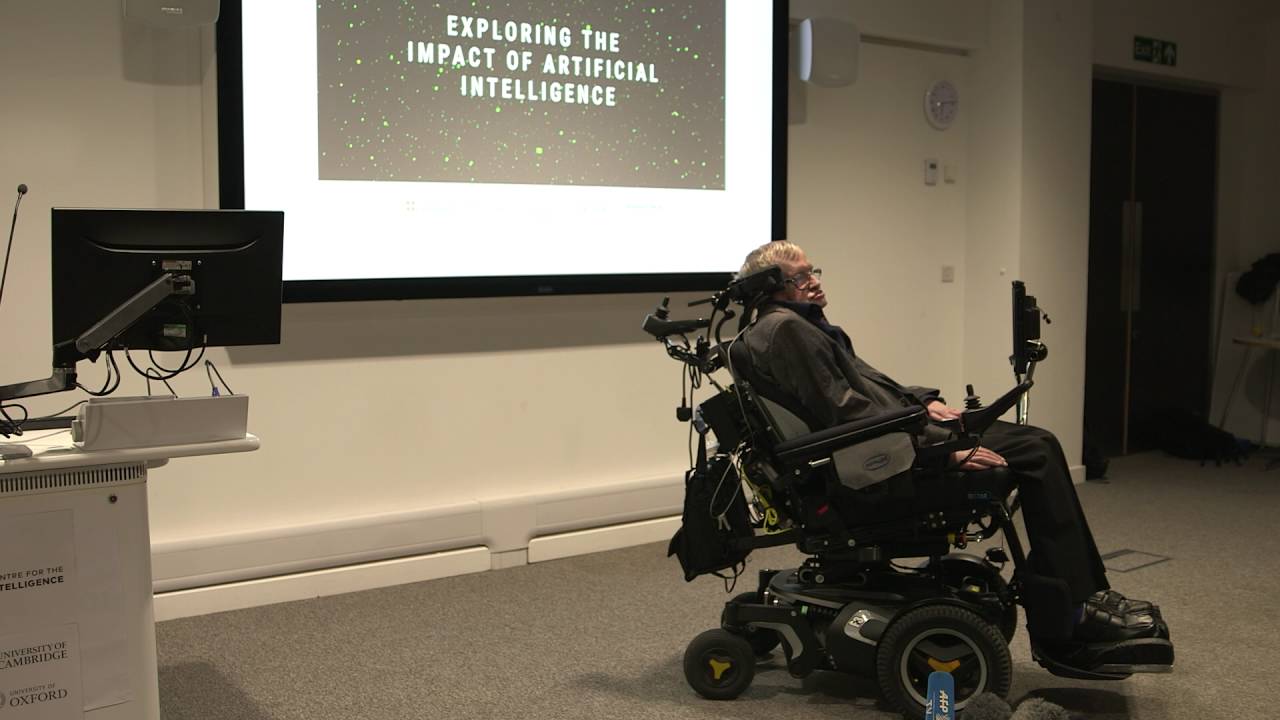
A new centre has opened to study the positive and negative implications of AI and ethical quandaries it poses.
“The rise of powerful AI will be either the best, or the worst thing, ever to happen to humanity,” Professor Stephen Hawking said in Cambridge, at the launch of the Centre for the Future of Intelligence (CFI).
The CFI is seeking to investigate the implications of AI for humanity, building an interdisciplinary community of researchers, bringing together philosophers, psychologists, lawyers and computer scientists. But, with strong links to technologists and policymakers, it has clear practical goals.
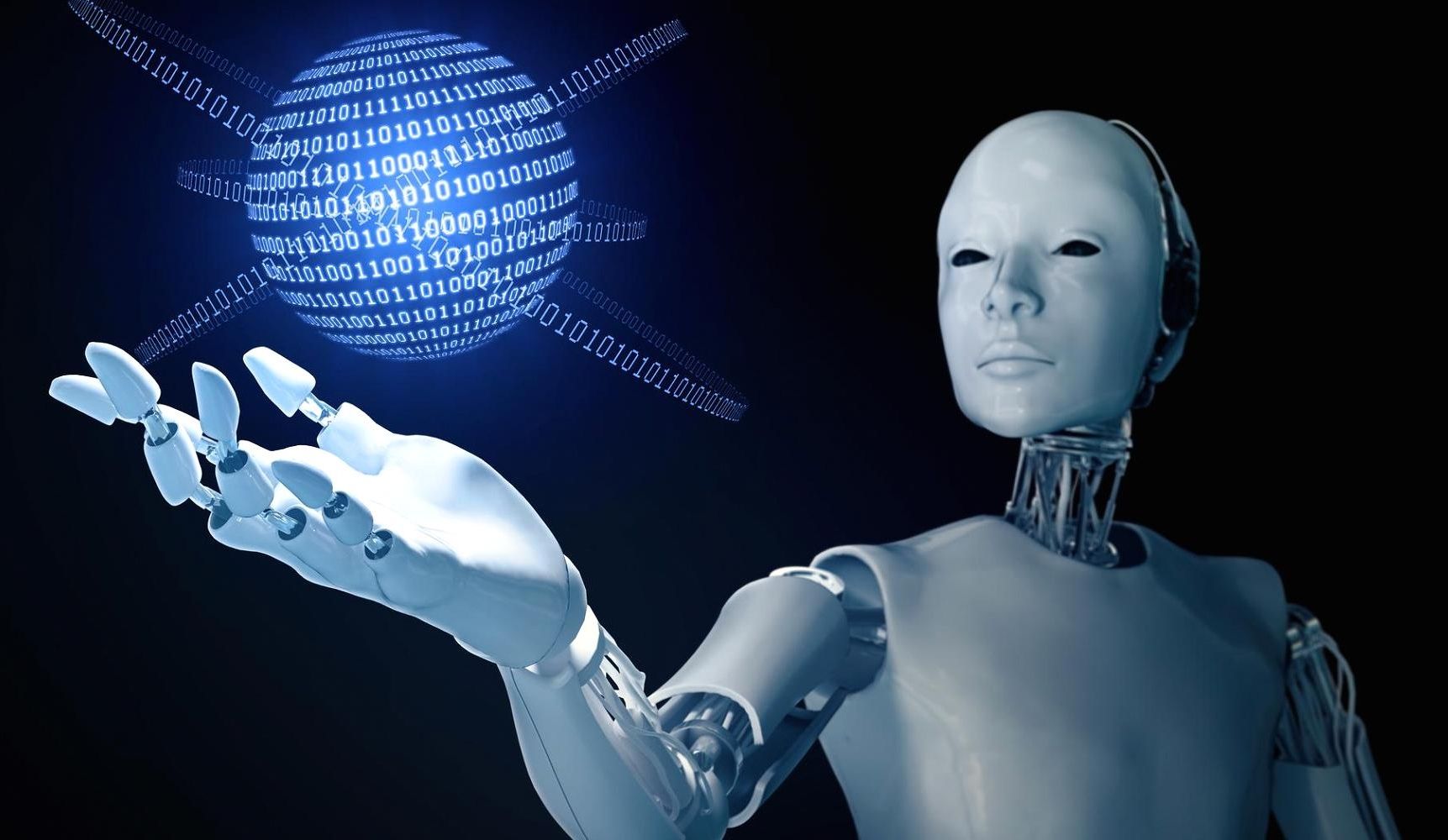
Artificial intelligence is a “momentous development,” said George Lee, co-chairman of the global technology, media and telecom group at Goldman Sachs.
“As awesome as the internet has been, it will be best remembered as really the predicate for machine learning,” said Lee, who’s also chief information officer of Goldman’s investment banking division. He appeared on CNBC’s “Squawk Alley” on Wednesday from Goldman’s Builders + Innovators Summit in Santa Barbara, California.
The internet enabled computing scale in a network and serves as a way to “collect data that’s used to train all these algorithms,” Lee said, predicting machine learning will “change our world … and even the course of our species in ways that are hard to predict today.”
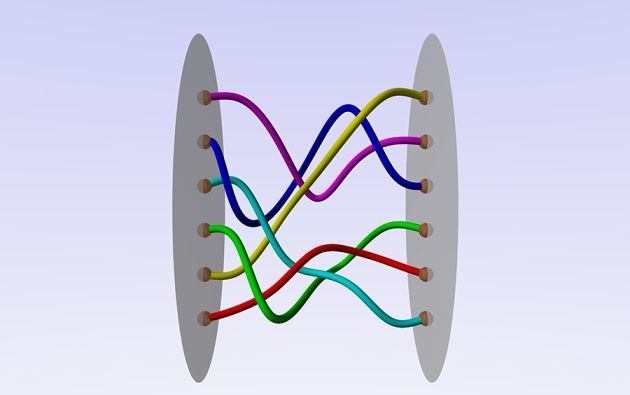
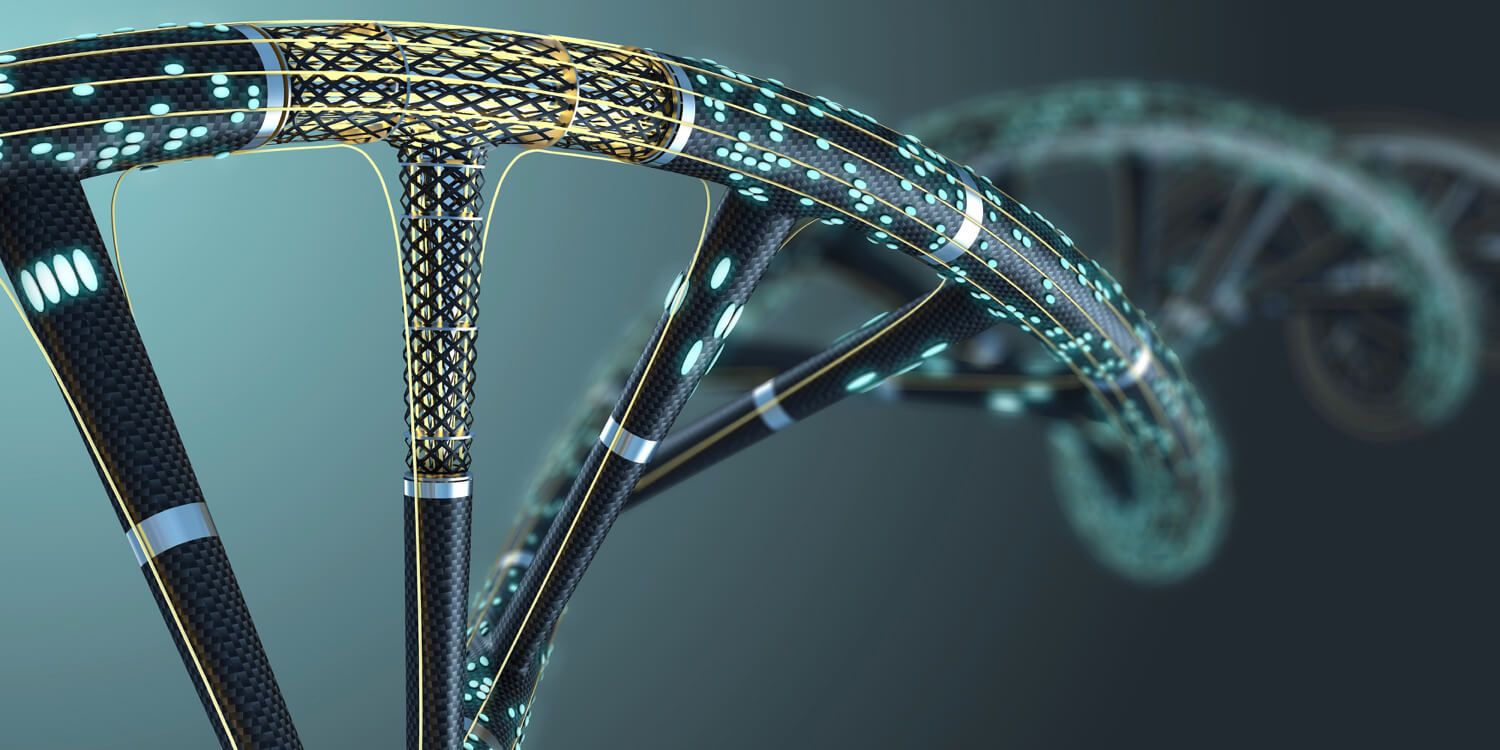
The idea of storing digital data in DNA seems like science fiction. At first glance, it might not seem obvious that a molecule can store data. The term “data storage” conjures up images of physical artifacts like CDs and data centers, not a microscopic molecule like DNA. But there are a number of reasons why DNA is an exciting option for information storage.
The status quo
We’re in the midst of a data explosion. We create vast amounts of information via our estimated 17 billion internet-connected devices: smartphones, cars, health trackers, and all other devices. As we continue to add sensors and network connectivity to physical devices we will produce more and more data. Similarly, as we bring online the 4.2 billion people who are currently offline, we will produce more and more data.
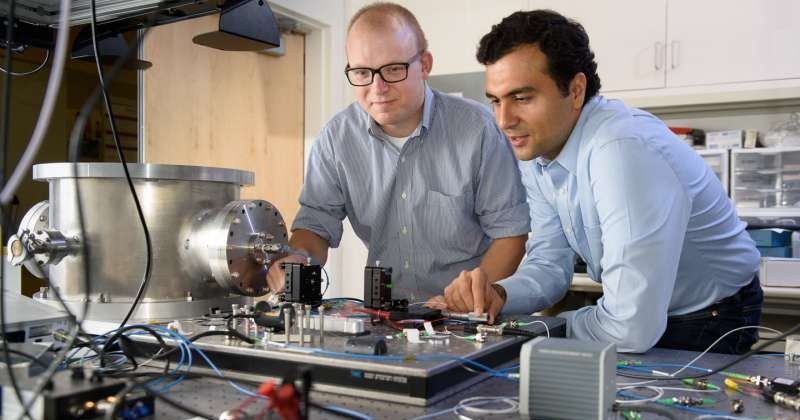
An entirely new type of computer that blends optical and electrical processing could get around this impending processing constraint and solve superlarge optimization problems. If it can be scaled up, this non-traditional computer could save costs by finding more optimal solutions to problems that have an incredibly high number of possible solutions.
There is a special type of problem – called a combinatorial optimization problem – that traditional computers find difficult to solve, even approximately. An example is what’s known as the “traveling salesman” problem, wherein a salesman has to visit a specific set of cities, each only once, and return to the first city, and the salesman wants to take the most efficient route possible. This problem may seem simple but the number of possible routes increases extremely rapidly as cities are added, and this underlies why the problem is difficult to solve.
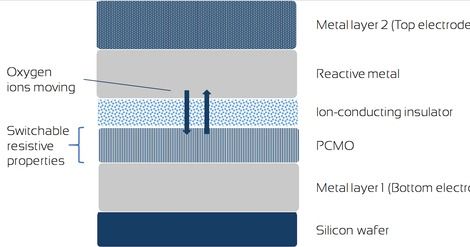
4DS has demonstrated Interface Switching ReRAM cells at a 40 nanometer geometry, representing significant progress in scalability and yield.
This 40nm geometry, demonstrated by 4DS, is smaller than the latest generation of 3D Flash — the most dominant non-volatile memory technology used in billions of mobile devices, cloud servers and data centers.
In 2016, 4DS has:
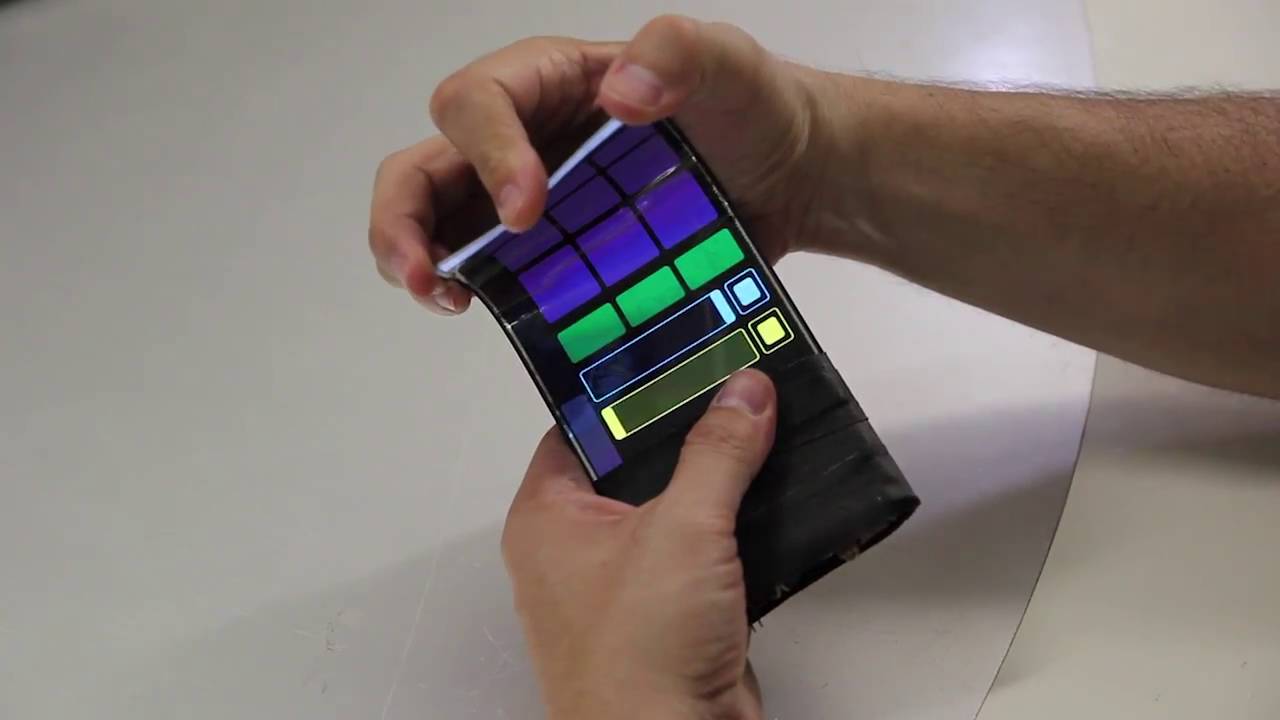
Earlier this year, a team from Queen’s University in Canada demonstrated a smartphone prototype called ReFlex that had a flexible display capable of flipping virtual book pages in response to what were dubbed bend gestures. Researchers from the same Human Media Lab have now developed a similar device called the WhammyPhone that’s claimed to be the world’s first virtual musical instrument for flexible phones.
The WhammyPhone prototype sports a 1920 x 1080 pixel full high-definition Flexible Organic Light Emitting Diode (FOLED) touchscreen display and, like the ReFlex device, includes a bend sensor. This means that a user can manipulate the sound of electronically-generated instruments such as a guitar or violin by bending, squeezing or twisting the “smartphone.”
“WhammyPhone is a completely new way of interacting with sound using a smartphone,” said Dr. Roel Vertegaal, Professor of Human-Computer Interaction at Queen’s University. “It allows for the kind of expressive input normally only seen in traditional musical instruments.”

Athletes with disabilities have been competing in a range of challenges that use assistive technology to overcome day-to-day practical challenges.
Bionic arms, powered exoskeletons, brain-controlled computer interfaces and supercharged wheelchairs all featured at the world’s first Cybathlon, near Zurich, Switzerland.
One of the races saw functional electrical stimulation (FES) used to activate the leg muscles of paralysed competitors to ride bikes.